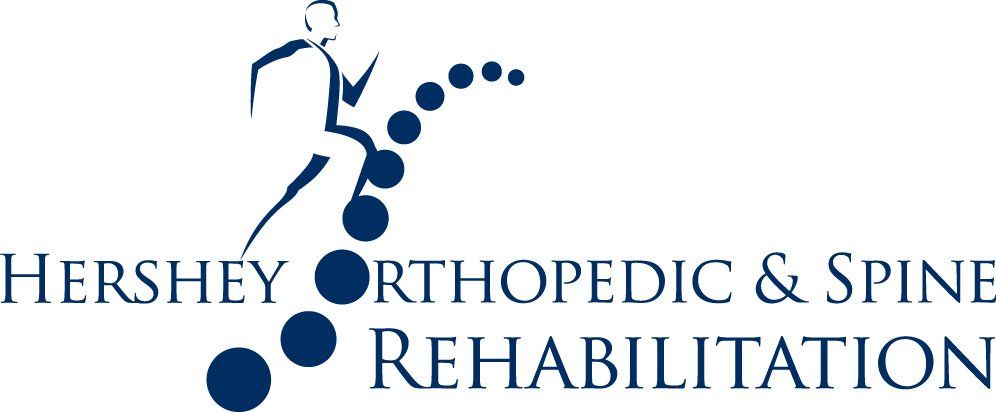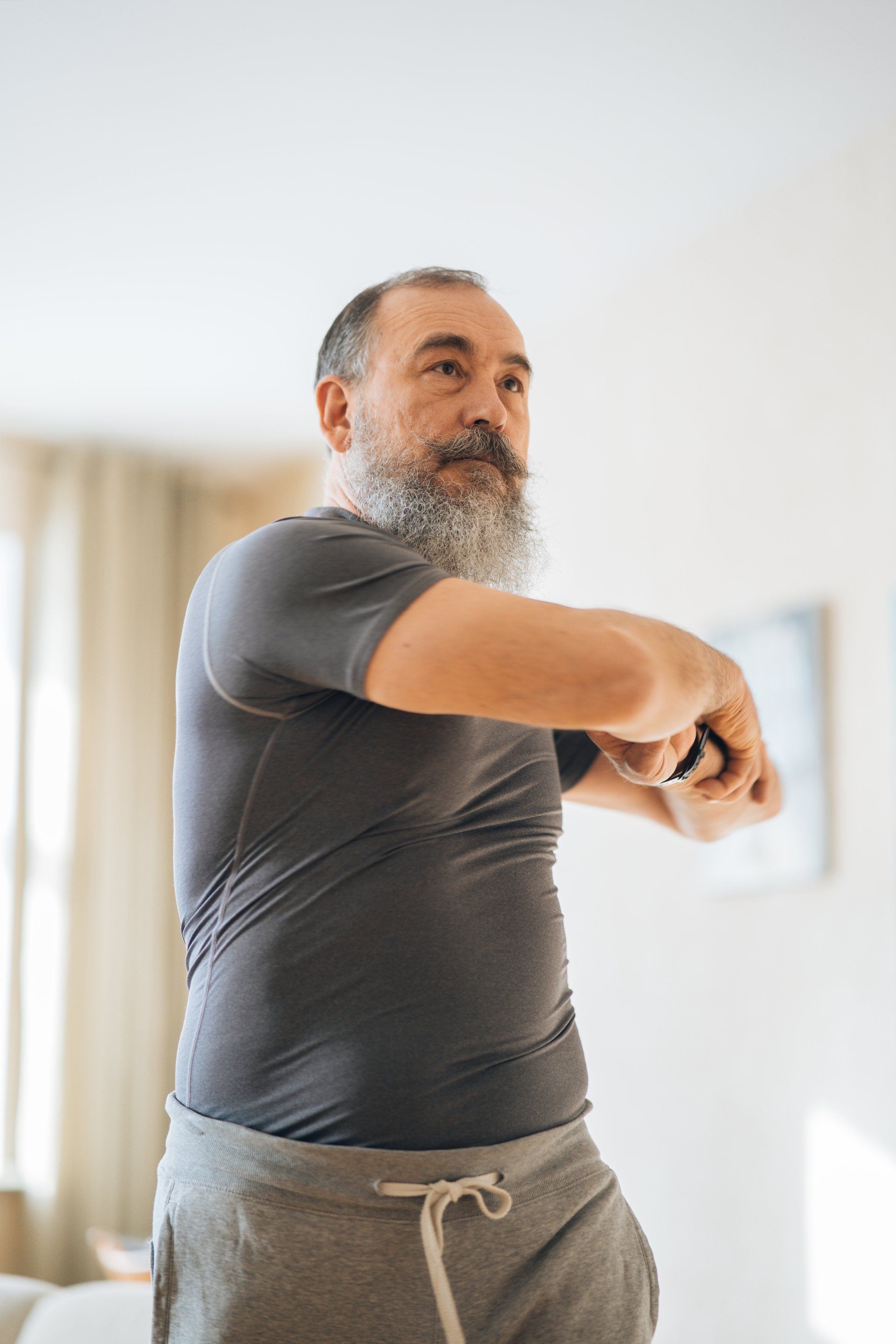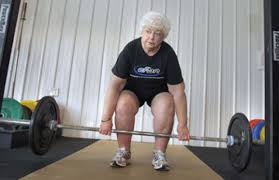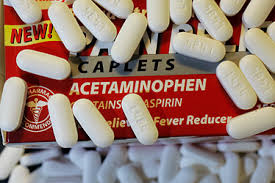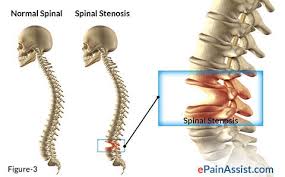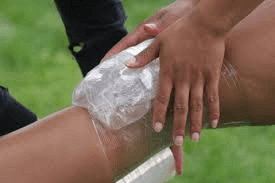Physical Therapy for Hamstring Strains
Updated December 12th, 2023
Symptoms of a Hamstring Injury
A hamstring injury typically refers to either a strain or a tear of connective tissue in the thigh region. The symptoms of a hamstring injury include but are not limited to:
- Difficulty straightening the knee without pain
- Difficulty walking quickly or taking big steps
- Pain while climbing the stairs or running
- The sudden onset of a sharp pain in the back of the thigh, near the buttocks, or behind the knee
The pain may be mild, moderate, or severe, and the precise location of the injury may also be hard to pinpoint.
How Hamstring Injuries Develop
Hamstring injuries typically develop due to a combination of factors, including muscle imbalances, inadequate warm-up, and overuse. It may develop abruptly due to an unexpected, rapid movement while walking, running, or performing a strategic maneuver during a sporting event. It also might occur because of poor posture while moving around, lifting objects, stretching, exercising, or engaging in other activities.
Causes
Here, we’ll look at some of the causes of hamstring strains in depth:
- Muscle Imbalances: Imbalances between the strength and flexibility of the muscles in the hamstring group and the muscles in the front of the thigh (quadriceps) can increase the risk of hamstring injuries. If the quadriceps are significantly stronger or tighter than the hamstrings, it can create an imbalance that puts more strain on the hamstrings during movement.
- Inadequate Warm-up: Insufficient warm-up before activity can increase the risk of hamstring injuries. When the muscles are not properly warmed up, they are less flexible and more prone to strains and tears. A thorough warm-up routine helps increase blood flow, raise muscle temperature, and improve flexibility, reducing the likelihood of injury.
- Overuse and Fatigue: Repeatedly engaging in activities that involve rapid or excessive stretching of the hamstring muscles, such as sprinting or jumping, can lead to overuse and fatigue. Over time, the muscles become less able to withstand the stress, making them more susceptible to injury.
Anatomy of a Hamstring Strain
When you suffer from a hamstring strain, many things are happening in the body. For example, the collagen fibers that comprise your muscle begin to tear, and tissue bleeding may start. After this, your body enacts the inflammatory process, which includes the formation of scar tissue and repairing the collagen tissue.
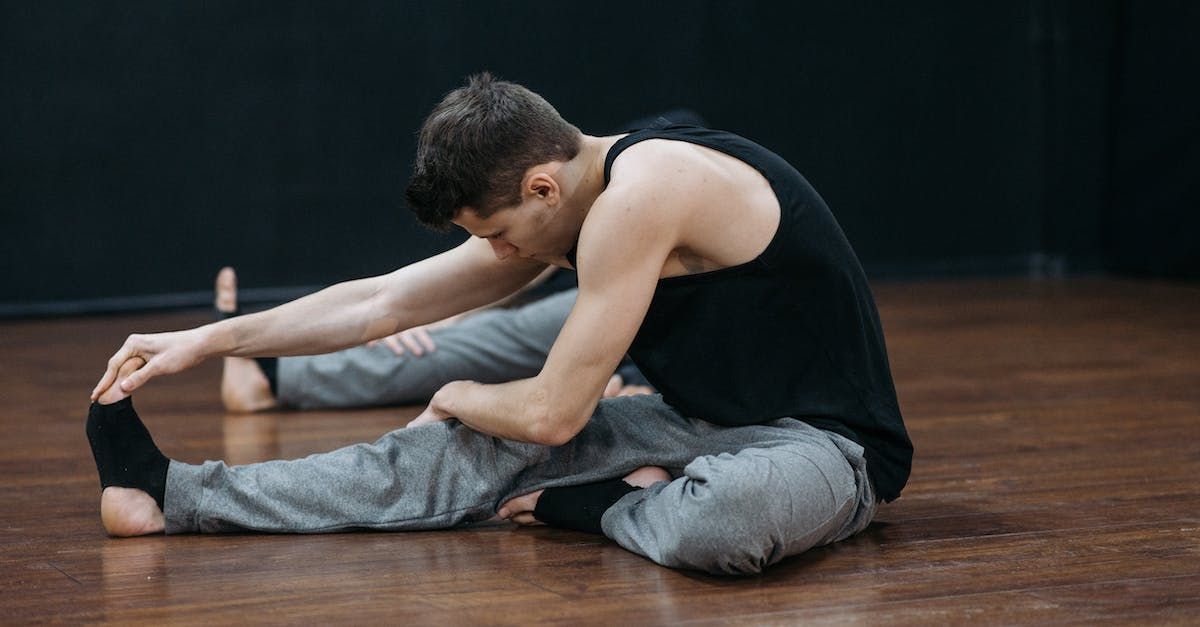
How Bad Is Your Sprain or Tear?
Regardless of how the issue develops, any type of injury in the hamstrings is categorized as grade I, II, or III, depending on the extent of the damage. Individuals who believe that a hamstring injury has taken place should speak with a doctor in a timely manner in order to understand which injury grade is present and to begin proper treatment.
Grade I
Grade I means that muscle fibers in the hamstrings were overstretched, and microscopic tearing of the connective tissue more than likely occurred. Pain and mobility problems generally develop, but physical signs of the injury (e.g., bruising, swelling) are not observed.
Grade II
A grade II injury means that a muscle or tendon in the hamstring was partially torn, and this typically leads to swelling, bruising, and reduced mobility.
Grade III
The most serious type of hamstring injury is a grade III, which is characterized by significantly torn muscle tissue that causes intense pain, inflammation, bruising, and swelling on the back of the thigh, and the loss of mobility.
Evaluating Your Hamstring for Physical Therapy
Because Pennsylvania is a
direct access state, you won’t need a referral from your regular doctor if you experience a hamstring strain and seek physical therapy. At Hershey Orthopedic and Spine Rehab, we’ll keep your doctor in the loop, sending an initial evaluation report and regular progress reports.
Physical Therapy Goals
The goal of physical therapy is to demonstrate exercises that enhance the strength of the affected muscle tissue, restore the normal range of motion, improve overall functional mobility, and support a quicker recovery.
Initial Consultation
However, the strategies that are utilized during the treatment sessions are based on the information that is gathered during the initial consultation. This includes gaining a better understanding of the person's medical history and how the injury occurred, as well as the types of symptoms that are being experienced.
Further Evaluation
The physical therapist may also examine the affected region through touch to determine the extent of any possible swelling, bruising, mobility problems, or flexibility issues. In addition, the initial assessment will evaluate whether or not the hamstring injury is disrupting the ability to perform routine tasks and activities (e.g., running, playing sports, lifting).
Customized Treatment Plans
Physical therapists like us always work with patients to design
personalized treatment plans that are tailored specifically to them and promote the best outcomes for the individual condition.
PT Treatments for Your Hamstring
After the physical therapist suggests a specific treatment program, a variety of techniques may be performed to promote a successful recovery.
Guided Physical Therapy Exercises
The most beneficial aspect of physical therapy involves the guided exercises that therapists teach their patients. Luckily, there are many hamstring physical therapy exercises, some of which are below:
Hamstring Stretches
Dynamic and static hamstring exercises improve hamstring function. It is important to remember that the injured tendon or muscle forms scar tissue during the healing process and that an optimal way to promote the remodeling of this tissue is through stretching movements. The stretching exercises usually pull or slightly strain the injured area, but the discomfort should subside within minutes of discontinuing the stretch.
Lower Extremity Strengthening
After a hamstring injury, a physical therapist may recommend strength training exercises for the hamstrings as well as the surrounding muscles. These types of exercises should start out slowly and should be painless. As the injury begins to heal, the intensity of the strength training exercises can gradually be increased.
Agility Techniques
Exercises that enhance the strength of the abdominal region, as well as the hips, may also be recommended during physical therapy as this has been shown to help individuals with a hamstring injury return to their normal activities in a shorter amount of time.
Proprioception and Balance Exercises
As the sessions progress, a therapist may begin to demonstrate more advanced exercises, such as carefully executed jumping and hopping. These are guided exercises that, when performed properly, can help protect the hamstrings and allow active individuals to return to the sports they enjoy.
Other PT Tools for Hamstrings
Physical therapists have a number of tools at their disposal for providing relief to painful hamstring injuries.
Ultrasound
Ultrasound treatment has been shown to have immediate effects on hamstring injuries. It can help relax joint contracture, reduce joint stiffness, alleviate pain, and improve muscular adhesion. This can contribute to improved mobility and function in the affected area. By promoting blood flow and delivering deep heat, it may enhance tissue healing and recovery, too.
Massage
After a hamstring injury, scar tissue may form as part of the healing process. Massage can help break down and remodel this scar tissue, preventing it from becoming overly restrictive and promoting better tissue alignment. Additionally, massage therapy can provide pain relief. The soothing touch and manipulation of the muscles can help release endorphins, providing temporary relief from discomfort.
Electrical Stimulation
Electrical stimulation can aid in muscle rehabilitation by activating the injured hamstring muscles. It can help strengthen the muscles, improve muscle coordination, prevent muscle wasting, and enhance overall muscle function. It may also promote increased blood circulation to the injured area, which can facilitate healing by delivering essential nutrients and oxygen to the hamstring muscles.
Gait Training
Gait training plays a significant role in the rehabilitation process of hamstring injuries. It helps patients regain normal walking function, improve balance, and restore the coordination and strength of the injured muscles. It focuses on restoring the natural movement patterns of walking, correcting any compensatory movements or abnormalities that may have developed from the injury.
What Not To Do With a Hamstring Strain
When dealing with a hamstring strain, it's important to know what not to do to avoid exacerbating the injury or hindering the healing process. Here are some things to avoid:
- Ignoring rest
- Stretching too early or aggressively
- Neglecting rehabilitation exercises
- Returning to activity too soon

How Long Will Physical Therapy Last?
The duration of physical therapy for a hamstring injury can vary depending on the severity of the injury, individual factors, and the specific treatment plan prescribed by your physical therapist. Generally, though, a typical hamstring injury takes about 40 days to heal.
Avoiding Further Hamstring Injury
There are things we can do to lower the risk of hamstring injury, including:
Warm up before exercising- Don’t start a new activity too quickly
- Don’t push yourself during an activity
Also, it’s important to consistently maintain the strength of your hamstrings by partaking in
beneficial activities that target this area.
Seeking Professional Physical Therapy for Hamstring Injuries
A hamstring injury may occur for a number of reasons, and although a minor injury may resolve on its own, moderate to severe pain in the hamstrings that persists indicates that it is time to seek professional assistance.
Physical therapy for a pulled hamstring is a useful treatment method that involves the use of non-invasive therapeutic techniques that support the body’s ability to heal itself naturally. Furthermore, receiving hamstring physical therapy shortly after enduring an injury reduces the risk of experiencing long-term pain and chronic mobility issues, and it also helps prevent the need for more invasive treatment approaches. Most importantly, it enables individuals to regain their full range of motion and quickly return to their lives.
Get in touch with our team at Hershey Orthopedic & Spine Rehabilitation to schedule a free consultation and see if physical therapy is the right choice for your condition!
